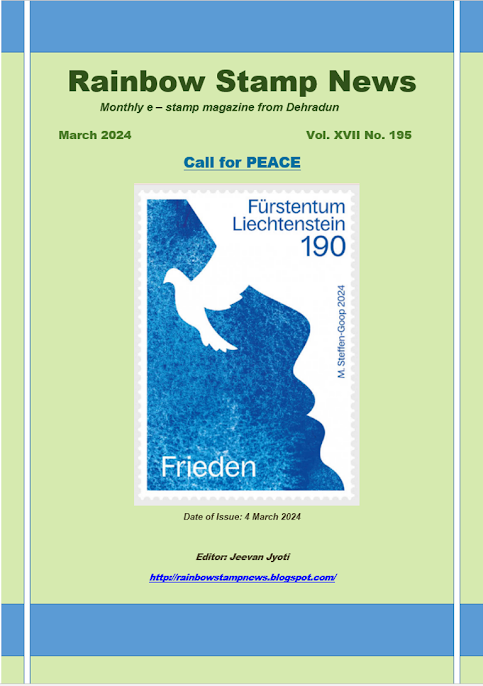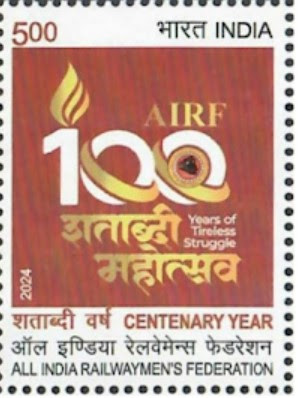Date of Issue : 22 July 2013
Portuguese Post issued a set of stamps on 23 July 2013 featuring traditional festivities of Portugal.
The “Festa de São Mateus” (Feast of Saint Mateus) being an icon of the city of Viseu, is said to have been established as a free fair since 1392. History also claims that it was a gift from king João I, Master of Avis, on account of Viseu being the only Portuguese city to have been on his side during the 1383-1385 crisis. From the 16th century onwards, it became known as Feira de São Mateus (São Mateus Fair), its current name, and with its more than 620 years of existence, is considered one of the oldest fairs in the country and maybe even in the Iberian Peninsula. Within an area of about 18,000 m2, hundreds of merchants and vendors, mainly of local gastronomy and handicrafts, join a varied programme of musical and sports shows, attracting thousands of visitors throughout the 40 days of the event, from mid-August to mid- September.
The “Festa da Senhora da Agonia de Viana do Castelo” (Feast of Our Lady of Agony, Viana do Castelo), held in August, is a prominent hallmark in the world of Portuguese pilgrimage. The feast is famous for the luxury of the costumes, the gold worn by the major-domos and for the richness of the ethnographic procession, and includes religious processions, parades, the “gigantones e cabeçudos” (giants and big-headed puppets) variety show, as well as groups of bass drummers, pipers and “Zés-Pereiras”, a huge folk festivity and the famous Minho firework displays. The main trait is the devotion of the seamen, who reciprocate the grace received during storms and shipwrecks. The main float is therefore traditionally transported by fishermen; since 1968, a river procession started being held at the Lima River, featuring the statue of this saint. The “Festa de Santo Estevão” (Feast of Saint Estevão) in Ousilhão is part of the Cycle of the Twelve Days of Northeast Trás-os-Montes, celebrated around the time of the Winter solstice. Besides the important role of the “Caretos”1, who are offending characters who ritually steal the smoker during the rounds, the major-domos of these festivities include a king, vassals and young men. The food ritual, in this case, involves a group meal – the table of St. Estevão –, and the central role of circulating and distributing the food offerings. 1 Young men with masks, dressed up in suits made of fringe wool quilts (for Carnival).























.png)













No comments:
Post a Comment